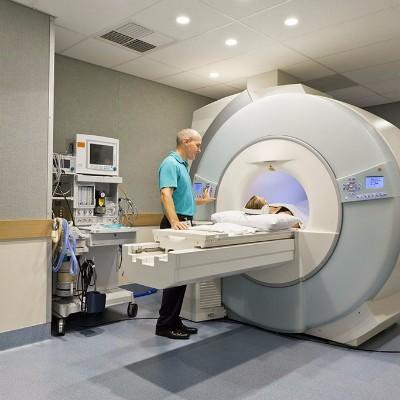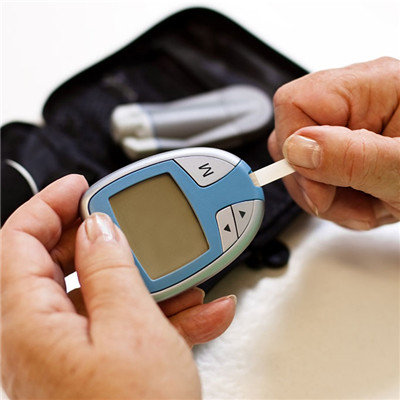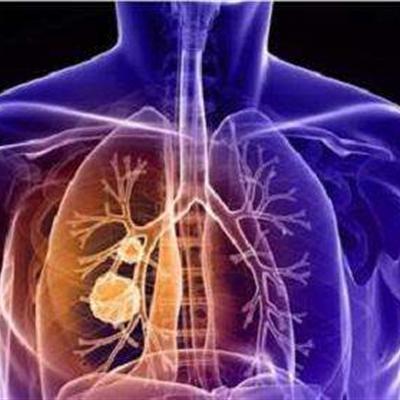What is the principle of gas poisoning
summary
Gas poisoning is carbon monoxide poisoning, the most common symptoms of poisoning are headache, dizziness, fatigue, stomach discomfort, vomiting, chest pain, and confusion. If you breathe in carbon monoxide space, it can make you faint or kill you. Everyone is at risk of carbon monoxide poisoning. Infants, the elderly, people with chronic heart disease, anemia, or respiratory problems are more likely to get sick. Every year, more than 400 Americans die of unintentional carbon monoxide poisoning that is not linked to the fire, that is, gas leakage. Let's take a look at the following.
What is the principle of gas poisoning
First, carbon monoxide is a colorless and odorless gas produced by burning carbonaceous materials. Carbon monoxide poisoning can cause brain damage and death. You can't see it, smell it, or taste it; But carbon monoxide can kill you. Carbon monoxide is odorless, tasteless, colorless gas, known as the "silent killer".
Second: long term exposure can lead to brain damage and even death. Carbon monoxide is formed when organic compounds are burned. The most common sources are vehicle exhaust, smoke from fire, range hood, non conductance and heater. Carbon monoxide poisoning is often associated with failure or blockage of the exhaust system and suicide attempts.
Third: carbon monoxide is made from ordinary household appliances. Without proper ventilation, carbon monoxide emitted through these devices can be built up. The early symptoms of carbon monoxide poisoning, such as headache, nausea and fatigue, are often mistaken for colds because the deadly gas is unconsciously spreading at home.
matters needing attention
Sources of carbon monoxide: gas water heater, kerosene heater, charcoal barbecue, propane heater and stove, gasoline and diesel generator power supply, cigarette smoke, propane fuel forklift, gasoline power saw, concrete












